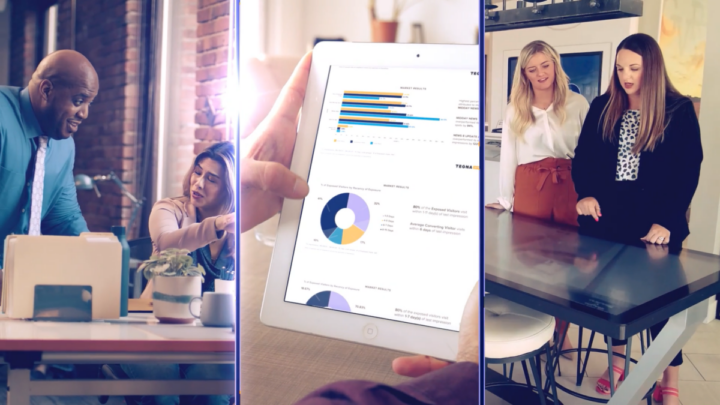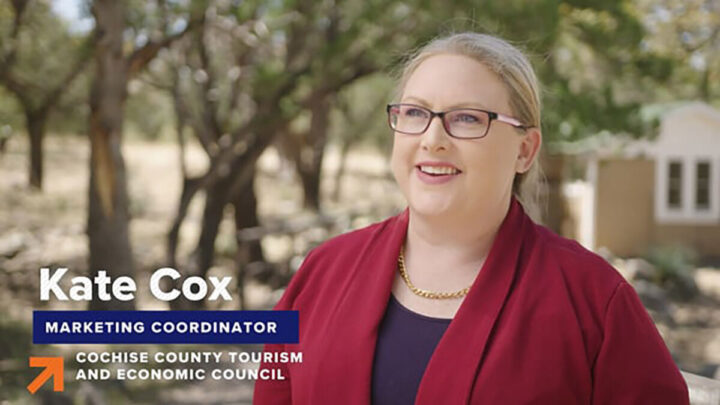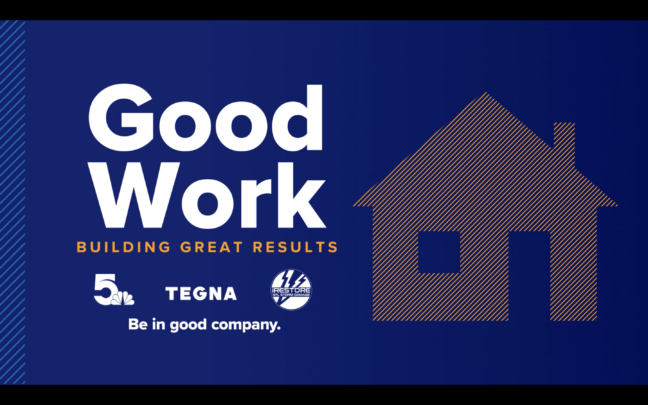Just Break Glass: Creating the Best Future Emergency Response Plan for Your Business
Being prepared for a crisis like COVID-19 can make all the difference protecting your business from disaster. Learn how to make your business continuity, crisis communication, financial, and transitional plans with help from experts at TEGNA and more.

You can never predict when a crisis like COVID-19 will impact your business. However, you can be certain that other crises and disasters will come.
The best way to protect your business against them is to be prepared and even though you’re in the heat of the current crises, there is truly no better time than right now during the COVID-19 pandemic to start working on your crisis readiness plan. “Memorialize what you’re doing,” says Anne Bentley, Chief Communications Officer at Tegna, “then you can build on it.”
So, what should go into a readiness plan? Traditionally, there are four components or areas to consider. They are: 1) business continuity; 2) crisis communication; 3) financial; and, finally, 4) the transition back to normalcy. Each can be turned into its own separate plan.
For starters, the business continuity plan conveys the steps for resuming your operations after a disruption such as a natural disaster, fire, product tampering, supply chain issues, and other situations, giving a framework for technology and safety preparedness.
But when identifying the situations that could disrupt your business, you need to look beyond the obvious. “Since September 11th, you also need to prepare for scenarios you’ve never seen before,” says Anne Marie Mitchell, Associate Professor of Public Relations at Columbia College Chicago and a consultant to many Fortune 500 companies. “You need to use extreme thinking when envisioning about what could come.”
Once you identify all the possible disruptors, you need to identify the ways to get back on track for each one.
Your crisis communication plan explores how you will respond a crisis. According to Mitchell, it should address the six R’s of an effective crisis response:
- Regret: You need to build immediate trust though empathy;
- Responsibility: You need to identify the role your business played in this crisis as well as specify organization’s area of responsibility;
- Resolution: You need to determine the steps you’re taking to resolve the situation;
- Rapid response: You need to quickly get the information out using all of your channels;
- Reform: You need to identify the steps being taken by your organization to lessen the risks of the crises reoccurring; and
- Restitution: When there’s a loss on the part of the consumer, you need to state what you’re doing to bring relief for it.
These six steps still work with external occurrences such as our crisis. For instance, protecting the health of your workers and customers is your responsibility and your resolution might include minimizing the number of people in your store and identifying six feet apart waiting zones for people at the check-out.
When executing your crisis communication plan, agility and speed are key. You need to be able to respond in real-time. Therefore, your crisis communication plan should focus on how you’re going to quickly determine the points, rather than on what you are exactly going to say, which would be determined by the situation.
And you need to train your employees on how to respond. After all, it’s not just what you say, it’s what your employees are saying too because they’re your walking brand. “Everybody is an ambassador of the brand,” says Mitchell.
For delivering bad news, you need to do what is called “emotional labeling” and identify what people are going through. “People try to create the best end game scenario for themselves,” says Chip Massey, Partner at When + How, a crisis management firm, and previously a Special Agent and Crisis/Hostage Negotiator for the Federal Bureau of Investigation (FBI).
“The idea is to manage their expectations. Give a reality check, taking into account how this news will affect them. But before that, you first need to get a gauge what they’re going through and how to connect with them through emotions.”
“It’s a brand getting in touch with our feelings,” adds Adele Gambardella-Cehrs, CEO & Founder of When + How, “and grief is what people are feeling right now.”
Then your financial plan identifies sources for working capital to help you cover your accounts payable, fixed debt, payroll, and other operating costs. Currently, small business owners impacted by the coronavirus pandemic are eligible to apply for low-interest Economic Injury Disaster Loans worth up to $2 million through the U.S. Small Business Administration (SBA). But note that this type of loan is only available following declared disasters, so you also need to line up low-interest commercial credit from a legitimate source when times are good.
Finally, your transitional plan looks at how to return to normalcy and rebuild trust. “There was a break in the relationship that you need to overcome,” says Gambardella-Cehrs. “Coming out of a crisis, you need to reacquire clients by rebuilding trust. Most people don’t know how to do it well, but it has to be done the right way.”
The process of creating these plans can have an added benefit as well because it can result in identifying innovative ways of doing things that could be implemented immediately.
When developing these plans, Bentley emphasizes collaboration. “Two heads are better than one,” she says, and “four heads are better than two.” To help you develop them, Bo Steiner, SBA’s Illinois District Director, recommends accessing the agency’s wide network of resource partners that offer free training and advisory services.” “Whether you’re just starting out or have years of experience, tap these experts and develop a smart strategy to protect and grow your business.”
But, having the plans is not enough. As Bentley suggests, these combined plans won’t work unless you have one more thing in place. “You create a culture of preparedness,” she says. “You need to fully review and revise your plans on a regular basis. The goal is to anticipate and then eliminate any threats to your business.” Mitchell agrees, “It should become a living crisis plan. The minute the plans are developed, they need to be updated.” And, says Steiner, “Training and running through your plan ahead of time also exposes its weaknesses. You can see the areas that have been overlooked when you make time to actually practice.”





















